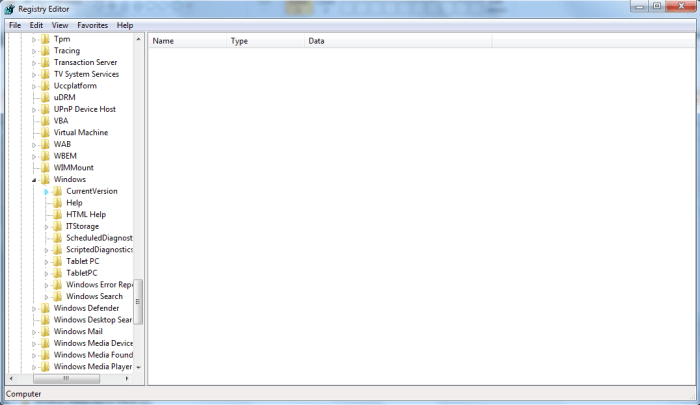
Note that this won’t actually uninstall it, but just stop the component from being loaded on your MySQL server:
#Pwgen wont uninstall password
Or, if you enabled password authentication for the root MySQL user, run this command and then enter your password when prompted:įrom the MySQL prompt, run the following command to disable the Validate Password component. To resolve this, select the abort option to stop the installation process. As of this writing, enabling this component will trigger an error when the phpMyAdmin installation process attempts to set a password for the phpmyadmin user: Note: Assuming you installed MySQL by following Step 2 of the prerequisite LEMP stack tutorial, you may have decided to enable the Validate Password plugin.

You will be asked to define a new password for the phpmyadmin MySQL user, but because this isn’t a password you need to remember you can leave it blank and let phpMyAdmin randomly create a password. This will set up the internal database and administrative user for phpMyAdmin. Next, you’ll be prompted whether to use dbconfig-common for configuring the application database. Instead, press TAB to highlight the and then press ENTER to continue the installation process. However, because you are using Nginx as a web server you shouldn’t choose either of these options. phpMyAdmin can automatically make a number of configuration changes to ensure that it works correctly with either of these web servers upon installation.
#Pwgen wont uninstall install
Now you can install phpMyAdmin by running the following command:ĭuring the installation process, you will be prompted to choose a web server (either Apache or Lighttpd) to configure. You can install phpMyAdmin by using APT to download the phpmyadmin package from the default Ubuntu repositories.īegin by updating the server’s package index: Once you have these prerequisites in place, you can begin following Step 1 of this guide. Warning: If you don’t have an SSL/TLS certificate installed on the server and you still want to proceed, please consider enforcing access via SSH Tunnels as explained in Step 5 of this guide.

If you do not have an existing domain configured with a valid certificate, follow this guide on securing Nginx with Let’s Encrypt on Ubuntu 20.04 to set this up.
#Pwgen wont uninstall how to
To install and configure these components, follow our guide on How To Install Linux, Nginx, MySQL, PHP (LEMP stack) on Ubuntu 20.04.Īdditionally, because phpMyAdmin handles authentication using MySQL credentials, we strongly recommend that you install an SSL/TLS certificate to enable encrypted traffic between server and client. A LEMP stack (Linux, Nginx, MySQL, and PHP) installed on your Ubuntu 20.04 server.To set this up, follow our initial server setup guide for Ubuntu 20.04. This server should have a non-root user with administrative privileges and a firewall configured with ufw.

In order to complete this guide, you will need: It will also explain each measure in detail so that you can make informed decisions and protect your system. In addition to installing the application, this tutorial will go over several measures you can take to harden your phpMyAdmin installation’s security. If you install and configure phpMyAdmin without taking the proper steps to secure it from malicious actors, you run the risk of your data being lost or stolen. Combined with the fact that it’s a widely-deployed PHP application, this means that phpMyAdmin is frequently targeted for attack. Note: phpMyAdmin runs on a database server, handles database credentials, and allows users to execute SQL statements on the database.


 0 kommentar(er)
0 kommentar(er)
